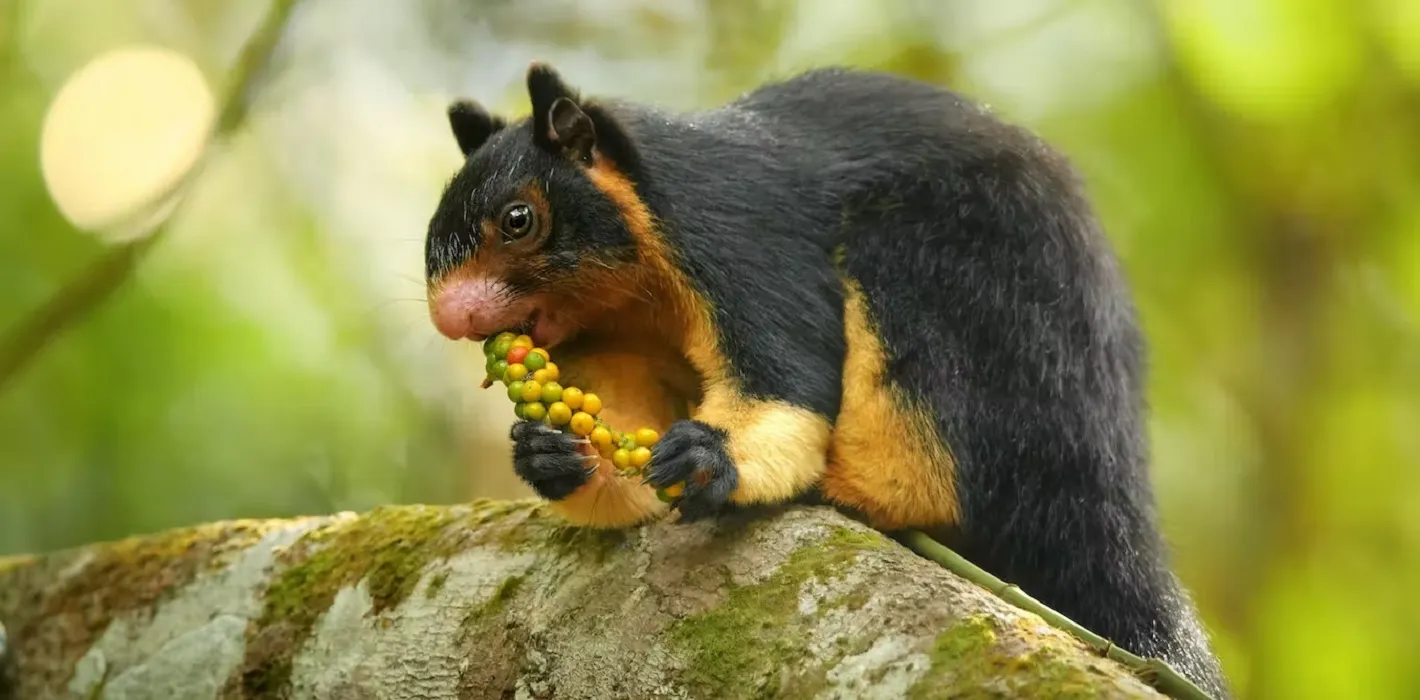By: Joanna Tan
The pitch black, moonless, night enclosed the forest. The lofty oaks and pines appeared as dark shadows. Though the forest seemed dormant, there were small critters scurrying and darting through leaves and trees: mice and voles.
Scampering through the darkness, these industrious animals collect and bury seeds underground, giving a chance for the seeds to grow into strong trees. Although these small critters are viewed as pests by many, they are the unsung heroes of the forests.
Deer mice and Southern Red-backed voles plant trees when they cache acorns in the ground. They store acorns to eat during the winter; however, sometimes they forget where the acorns are or don’t eat them. These acorns, if left alone, one day could turn into a beautiful oak or pine.
“Almost all rodents cache food — they have a cache of acorns, seeds, maybe truffles, little bits of mushrooms,” University of Rhode Island Christian Floyd, a rodent expert, said. “Our oak forests are probably all planted by rodents. They scurry around and dig holes and bury things.”
Ivy Yen, a Ph.D. student, and Alessio Mortelliti, a professor at the University of Maine of Wildlife Habitat Ecology, studied how rodent behavior correlated to seed caching. They studied whether shy mice were more likely to cache acorns than bold ones, or whether shy mice preferred to cache a certain type of acorn over another.
“People see that a forest is regenerating,” Dr. Mortelliti said. “But what people don’t see is that the forest is regenerating following the decisions of small mammals.”
By trapping mice and voles, Dr. Mortelliti and Ms. Yen tested the personality traits of these critters and tagged them. Then, the researchers placed trays of almost 2,000 acorns and watched what would happen: would the rodent eat the acorn right away or store it away for another time? Using the tags on the mice and a UV powder that would follow the mice, Ms. Yen was able to find out in most cases what the mice did to the acorn. The data collected is currently being analyzed.
This is not Dr. Mortelliti’s first mouse-based study. In 2019, Dr. Mortelliti and another PhD student, Allison Brehm, found that bolder mice were more likely to bury seeds farther when then where they found them, and more active mice were more likely to eat a seed then bury one.
Mice and other rodents also help spread mushrooms and other fungi. A study done by two researchers at the University of New Hampshire found that mice and voles, who eat mushrooms, can help spread the seeds or spores of mycorrhizal fungi. Mycorrhizal fungi are also important to the forest ecosystem, as they can share nutrients and water with trees.
Sources:
https://ecori.org/2021-11-21-mice-voles-and-shrews-oh-my-rodents-key-players-in-forest-health/
nytimes.com/2022/11/25/science/climate-forests-seeds-mice.html
https://phys.org/news/2019-07-small-mammals-aid-expansion-warm-climate.html











